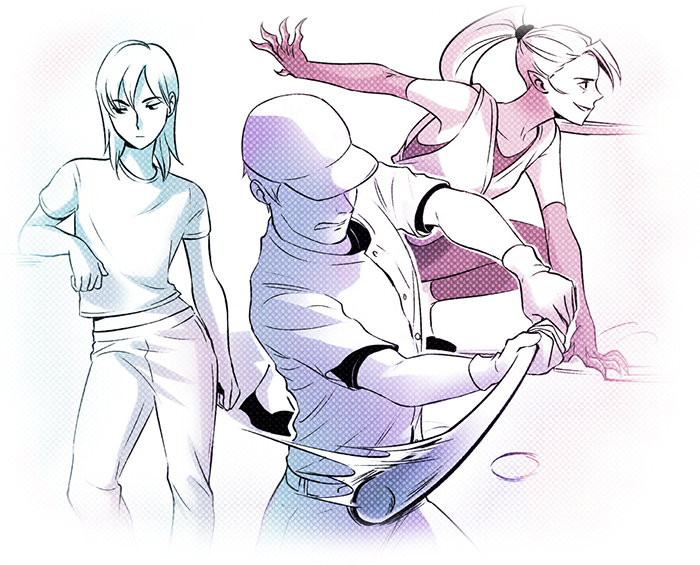

The department currently has 39 postgraduate scholars – including 30 PhDs, one MD and eight MSc students – working on a diverse range of research projects. The first technology from the group commercialised by SurgaColl – a collagen-hydroxyapatite bone graft substitute – received regulatory approval (CE mark) in November 2015 and has been used in more than 30 patients to date, while a second product, a multi-layered scaffold for cartilage repair, is now also being used clinically. Several technologies developed in TERG have been patented resulting in the spin-out of a high potential start-up, SurgaColl Technologies, in 2011. TERG develops natural polymer-based biomaterial ‘scaffolds’ for the repair and regeneration of bone, cartilage, skin, cardiovascular, ocular, respiratory, nerve and other tissues. The RCSI Tissue Engineering Research Group (TERG) – named Irish Research Laboratory of the Year 2017 – is a large multidisciplinary, collaborative group, headed by Prof. The staff in the Department of Anatomy and Regenerative Medicine are active in research, in areas as diverse as tissue engineering and regenerative medicine, medical devices, medical education, surgical anatomy, ornithology, cultural diversity and art. View the Surface Anatomy Guide in its entirety. This unique, interactive guide provides a video learning resource for medics, physiotherapists and artists involving 3D views of muscles and joint movements, and emphasises living anatomy. In 2011, in collaboration with SFI, RCSI developed the world’s first 3D surface anatomy online guide. All the students take part, and you’ll soon get used to thinking on your feet and learning from your colleagues. Your future patients will ask you lots of questions, so we prepare you by having regular card signings these are sessions around the table in the Anatomy Room when we ask you and your fellow students to point out anatomical structures and answer questions.

You will be involved in dissection and study bones, cross-sections and radiological images – by hearing the theory in the lecture, and actively learning-by-doing in the Anatomy Room, you will know all about the heart or femoral triangle by lunchtime. You will then go into the Anatomy Room for a 90-minute session when, in groups of 10, you will study the same region guided by a surgeon prosector.
#ANATOMY IN ACTION MASTERS OF ANATOMY BOOK 2 HOW TO#
Members of the Irish public donate their remains after death for medical teaching and research through our Anatomical Gift Programme – they will be your first patients their example will teach you about generosity, and how to work professionally in a team for the greater good.Īs an Undergraduate student, twice a week, you will begin your day with an anatomy lecture. We also teach biology in Foundation Year and run short courses for specialist surgeons, engineers and artists. Others are graduates studying Medicine or Physician Associate Studies, and some are Postgraduate trainees in surgery or radiology. Some of our students are Undergraduates studying Medicine, Physiotherapy or Pharmacy. We teach our students the applied anatomy appropriate to their area of interest and level of training. Watch the video on the history of teaching at RCSI Department of Anatomy and Regenerative Medicine Contact us

In November 2019, the Department received the internationally recognised Athena SWAN Bronze Award for gender equality in higher education. Our staff are graduates in medicine, nursing, physiotherapy, science and engineering and have postgraduate qualifications in anatomy, biology, bioengineering, medical education, nursing, radiology and surgery.Ī unique group are our surgeon prosectors, retired doctors with 40+ years of clinical experience, who teach in the Anatomy Room. We still follow his example today and teach anatomy that is relevant to clinical practice. Our Anatomy Room was built in 1812 when Abraham Colles was Professor of Anatomy at RCSI. The Department of Anatomy and Regenerative Medicine is the oldest department in RCSI – we have been teaching anatomy, the structure of the human body, and biology in the College since 1785.


 0 kommentar(er)
0 kommentar(er)
